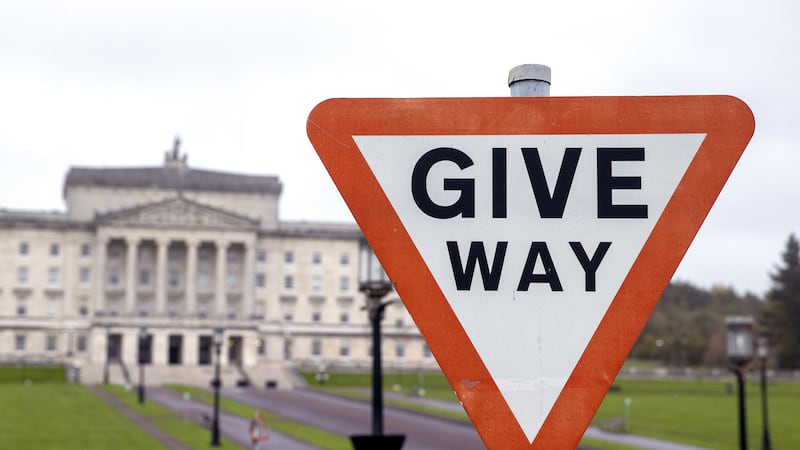QUESTION: What changes can I expect to see in my monthly take home pay as we start a new tax year?
ANSWER: At the start of each new tax year, from April 6, there are changes to minimum wage rates, tax rates and other rates. If you are employed, these changes might affect your ‘take home pay’ or ‘net pay’ – that is the money that ends up in your bank account when you are paid by your employer.
There are three key changes to be aware of:
1. On April 1 the National Living Wage (NLW) and National Minimum Wage (NMW) rates will increase as follows:
• £9.50 for workers aged 23 and over (up from £8.91 per hour) – this is the NLW
• £9.18 for 21 to 22 year olds (up from £8.36 per hour)
• £6.83 for 18 to 20 year olds (up from £6.56 per hour)
• £4.81 for 16 to 17 year olds (up from £4.62 per hour)
The NMW rate will be £4.81 for apprentices (up from £4.30 per hour). Apprentices qualify for the lower apprentice rate if they are under 19, or still in the first year of their apprenticeship contract.
The new pay rate will only affect your pay from the first full pay period beginning on or after April 1. So from Monday April 4, you should have more money in your pay packet!
2. From April 6, the rate of employee National Insurance contributions (NICs) increase by 1.25 per cent with the introduction of the Health and Social Care Levy. As a result, most employees (unless they are high earners) will pay 13.25 per cent (up from 12 per cent) on their earnings in excess of the ‘primary threshold’.
From April 6 until July 5, the primary threshold will be £190 per week, or £823 per month. You will only pay NICs on wages in excess of the relevant threshold in each pay period but after this point, you will pay 1.25p more in the pound in NIC compared to the previous tax year.
3. Ordinarily, any changes in tax rates, thresholds and allowances would apply from the beginning of the tax year. However, in an unusual turn of events, it was announced in the Chancellor’s Spring Statement that the NIC primary threshold would be increased part way through the tax year. On July 6, the primary threshold for NIC purposes will increase to £242 per week, or £1,048 per month. This will mean that the point at which employees start paying NIC will become the same as for income tax. For lower earners this may partially or even fully offset the 1.25 per cent increase and for some, could even mean that they pay less NIC than they did previously.
On the reverse side to the changes coming into force, there are also some things staying the same – in particular, the main rates and allowances for income tax are remaining the same for the duration of the new tax year. The personal allowance for income tax will continue to be £12,570, with no inflationary increase, which means that if you receive a pay increase, this could result in you paying more tax in real terms.
Also remaining the same is the threshold at which you start having pension contributions deducted from your pay under auto-enrolment (£120 a week or £520 a month). The contribution rate also remains at 8 per cent overall. Previously the threshold was aligned with the Lower Earnings Limit for NIC, which is £123 per week in 2022/23 Freezing the auto-enrolment threshold at £120 per week means that you will pay slightly increased pension contributions.
As an employee, it is always a good idea to check your payslips to ensure you receive the correct level of wages and pay the correct amount of tax and NIC.
:: Feargal McCormack (f.mccormack@pkffpm.com) is managing director of PKF-FPM Accountants (www.pkffpm.com). The advice in this column is specific to the facts surrounding the question posed. Neither the Irish News nor the contributors accept any liability for any direct or indirect loss arising from any reliance placed on replies.








